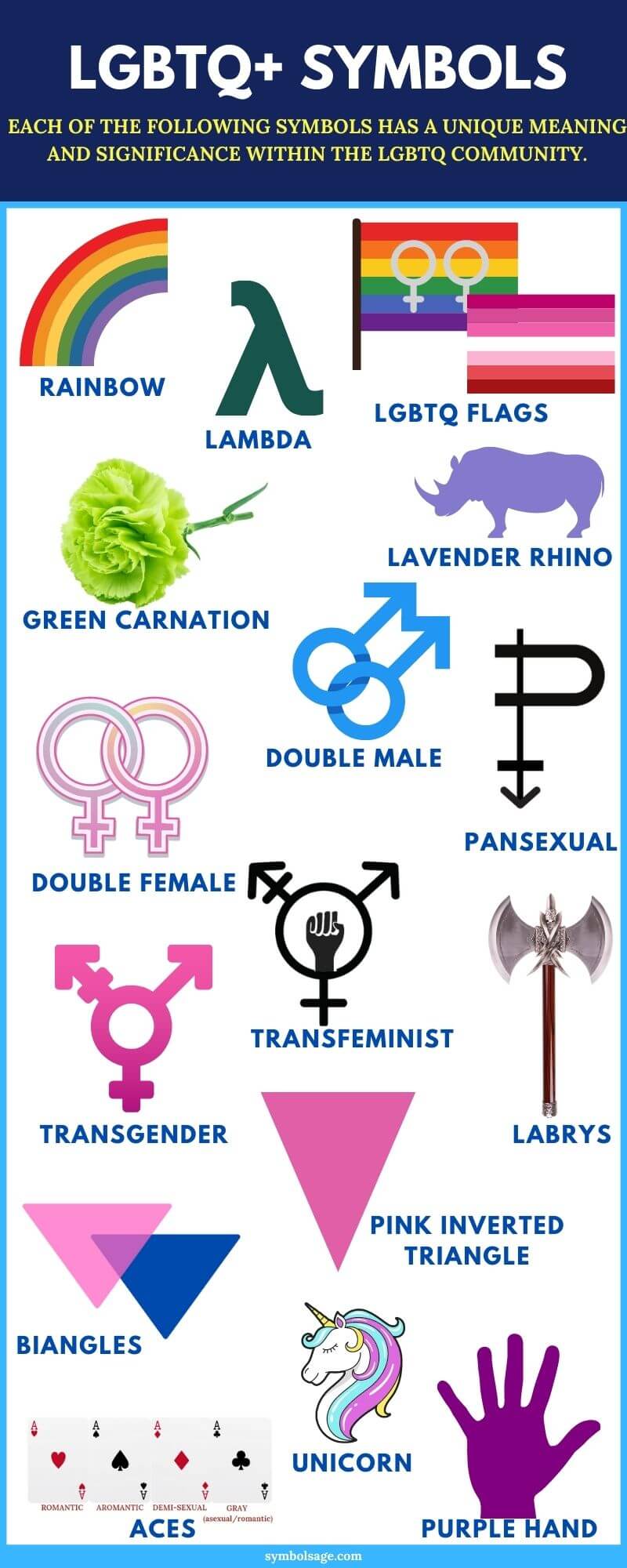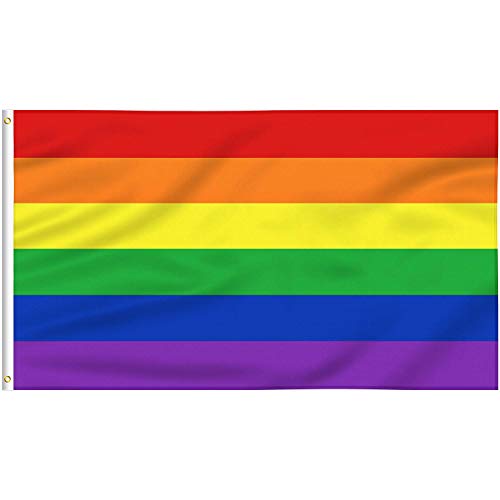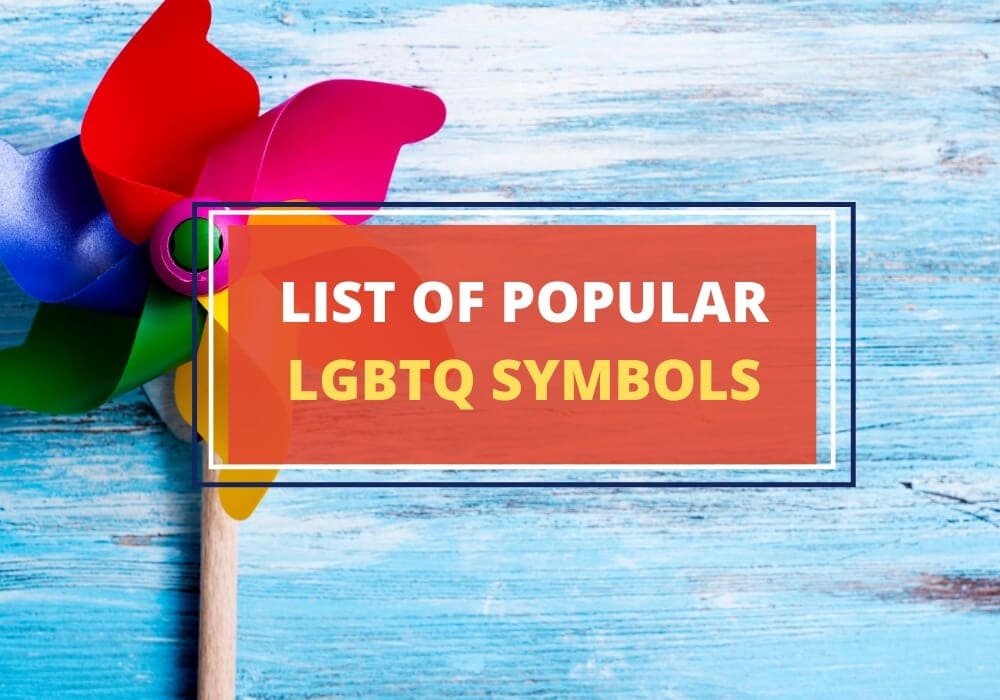
Table of Contents
For members of the LGBTQ community, representation is everything. In a world that’s still trying to evolve into a more accepting one for those identifying as LGBTQ, community members, and allies use symbols to communicate with other members that they are recognized, accepted and are in a safe space.
These visual cues are subtle yet poignant and have been helping members of the community find their people since they were first used.
Each of these symbols has a unique meaning that holds importance within the LGBTQ community.
1. Rainbow
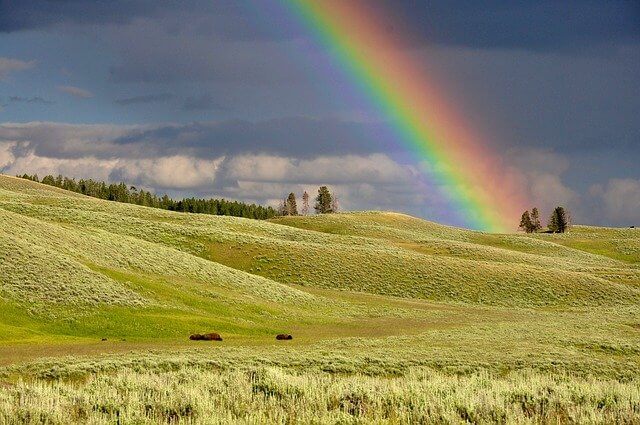
The most recognizable symbol that represents the LGBTQ community today is the rainbow. Strewn across flags, banners, and pins, the rainbow symbolizes the diversity of gays and lesbians around the world.
First designed by Gilbert Baker in 1978, the original version of the LGBTQ rainbow had eight colors representing different things that are necessary for liberation.
- Pink – sexuality
- Red – life
- Orange – healing
- Yellow – sun
- Green – nature
- Turquoise – art
- Indigo – harmony
- Violet – spirit
2. LGBTQ Pride Flags
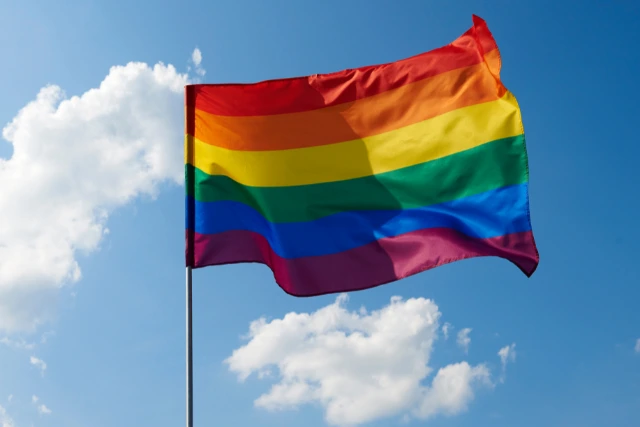
From the original eight-color version, the LGBTQ Pride Flag has evolved to take on several different versions and iterations.
Note that the term ‘LGBTQ’ is a blanket name for the entire community and does not represent each part of the gender spectrum. Even the longer version, ‘LGBTQIA+’ is not fully representative of the diversity within the community.
To increase visibility for each sub-sector and sub-culture, different flags have been designed such as the bisexual flag, a lipstick lesbian flag, a pansexual flag, and many other LGBTQ flags.
3. Lambda

The different groups within the LGBTQ community may have different experiences, but there are two things shared by every LGBTQ member who has ever lived: oppression, and the struggle to rise above it.
A year after the Stonewall riots, graphic designer Tom Doerr chose the lower-case Greek letter to denote the community’s unified fight against oppression.
The symbolism draws from the significance of lambda in science – a complete exchange of energy – that moment or span of time witness to absolute activity.
The International Gay Rights Congress in Edinburgh formally adopted the symbol as an icon for gay and lesbian rights in 1974.
4. Double Male Symbol
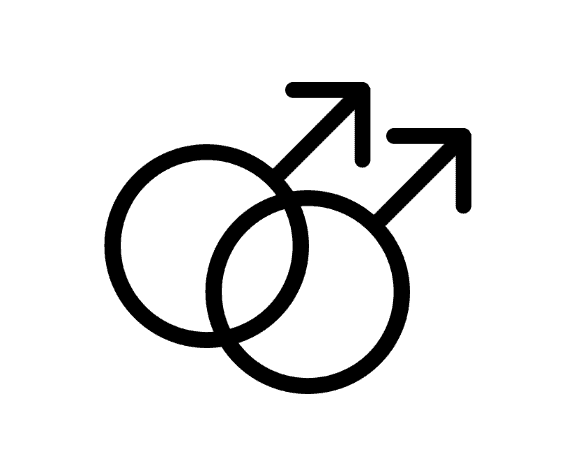
In astrology, science, and sociology, the Mars symbol is used to denote the male sex. The community started using the double interlocking Mars symbol in the 1970s to represent males who are attracted to other males – sexually, romantically, or both.
Traditionally, the symbol is drawn in plain black, but more recent versions depict the double mars with the rainbow colors filled in to symbolize the gays’ fraternity or solidarity with other subsectors of the community.
5. Double Female Symbol
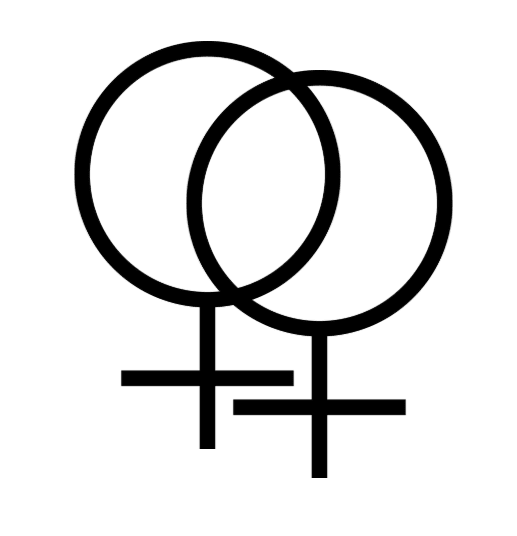
Just like the double Mars, the symbol for lesbian pride takes the Venus symbol, used to denote the female sex, and doubles it.
Before the 1970s, the interlocking female glyphs were also used by feminists to symbolize the sisterhood of women, so the lesbian pride symbol would sometimes have a third Venus symbol to distinguish it from the feminist insignia.
6. Transgender Symbol
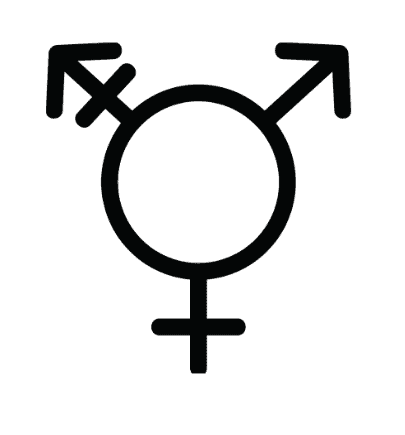
The first version of the transgender symbol takes a single circle bearing both Mars and Venus symbols, along with a third symbol that combines the two. Activist and writer Holly Boswell designed the symbol in 1993.
Another version takes the traditional transgender symbol and strikes it with a slanted line to include transgenders who identify as neither male nor female.
7. Pansexual Symbol
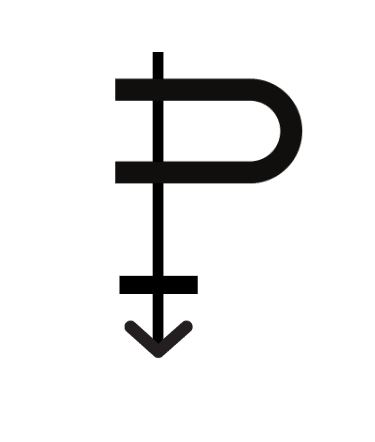
Before pansexuals used their three-colored flag (bearing the colors pink, yellow, and blue), they first used a P symbol with an arrow and a cross-tail to represent their identity.
The cross of the tail or the symbol of Venus was used to symbolize women, and the arrow, or the symbol of Mars for males. Both symbols for pansexuality are sometimes combined through a three-colored P symbol.
8. Transfeminist Symbol
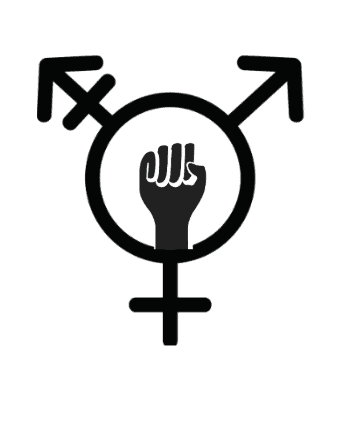
If you take the traditional transgender symbol and draw a raised fist within the circle, it will transform into a symbol for trans feminism.
Activist and academe Emi Koyama explained that transfeminism is “a movement by and for trans women who view their liberation to be intrinsically linked to the liberation of all women and beyond.”
9. Inverted Pink Triangle
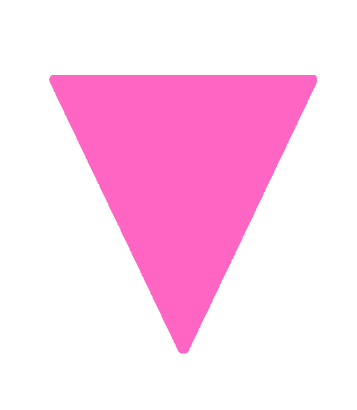
The pink triangle symbol was first used by the Nazis to identify homosexuals in their concentration camps. Over the course of the second world war, an estimated 10,000 to 15,000 homosexuals were incarcerated.
The symbol has since been reclaimed as a symbol of Pride and remembrance of the horrors that gay men experienced in Nazi Germany.
When the AIDS Coalition to Unleash Power (ACT-UP) was founded in 1987, they used the inverted pink triangle as its logo to represent “active fight back” against HIV/AIDS rather than “passive resignation to fate.”
10. Biangles
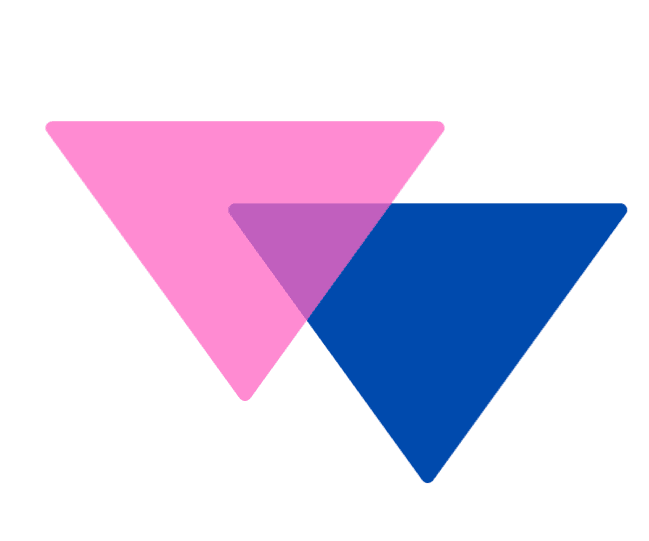
When the inverted pink triangle is drawn with an inverted blue triangle to create a smaller purple triangle in the middle, it becomes a symbol of bisexuality.
The use of this symbol dates back even prior to Michael Page’s creation of the first Bisexual Pride Flag in 1998.
The pink triangle is said to represent attraction to females, while the blue one is used to symbolize attraction to men. Finally, the purple triangle is thought to symbolize attraction to non-binary folks.
11. Ace Playing Cards
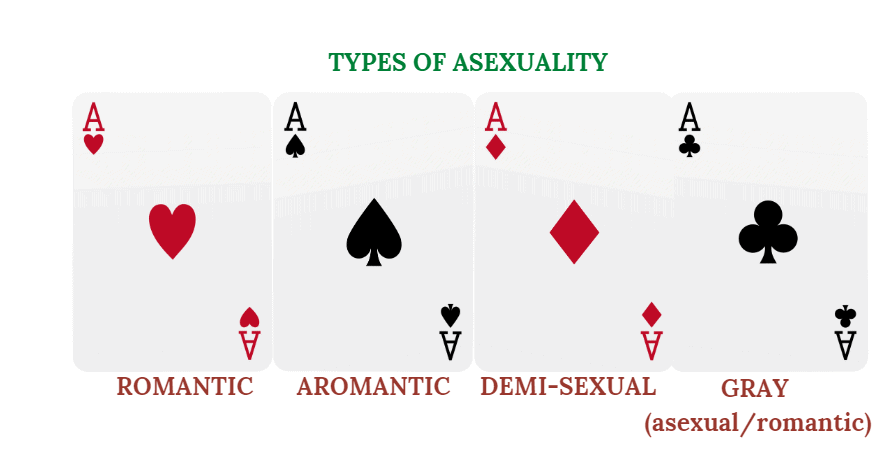
Within the LGBTQ community, Ace is believed to be the shortened word for asexuality.
Hence, asexuals use the four aces in the playing cards to symbolize their identity and distinguish them from the different kinds of aces existing in the spectrum. These include the following:
- Ace of Hearts – Romantic asexuals
- Ace of Spades – Aromantic asexuals
- Ace of Diamonds – demi-sexuals
- Ace of Clubs – gray asexuals, gray romantics.
12. Labrys
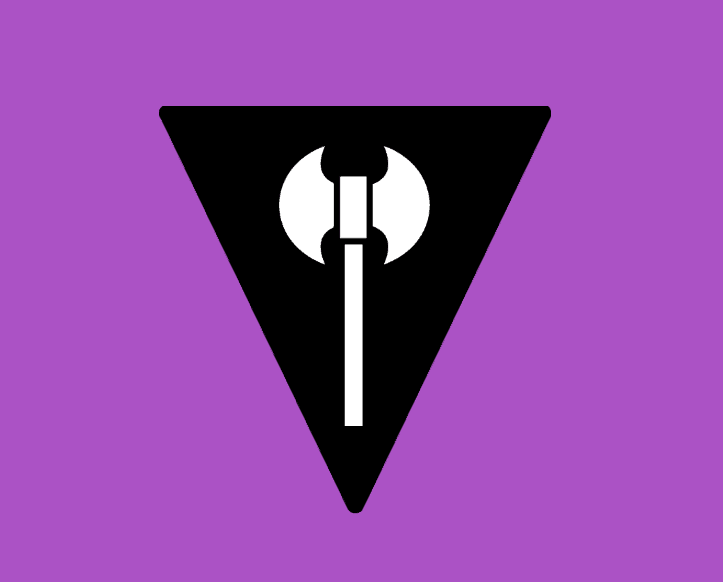
The labrys is a double-headed axe used by amazons of Greek mythology. The weapon was used as a symbol of empowerment by lesbian feminists in the 1970s.
In 1999, it became the centerpiece of one lesbian flag which included an inverted black triangle and a purple background.
13. Green Carnation
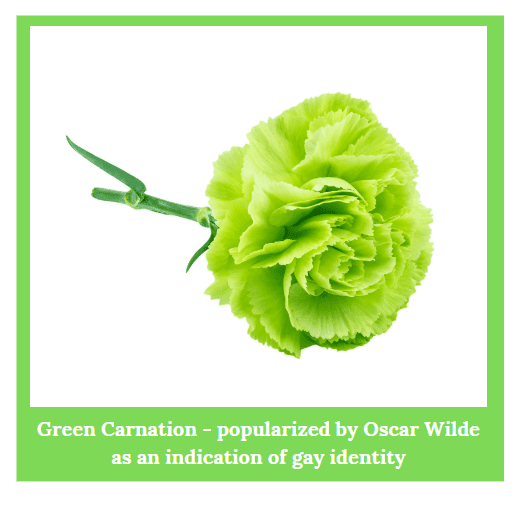
Green was a common color to refer to homosexuals, back in 19th-century England. That’s why Victorian men at the time would pin a green carnation on their lapels to indicate their identity.
This was a practice popularized by author Oscar Wilde who was openly gay and would proudly wear a green carnation at public events.
14. Red accessories
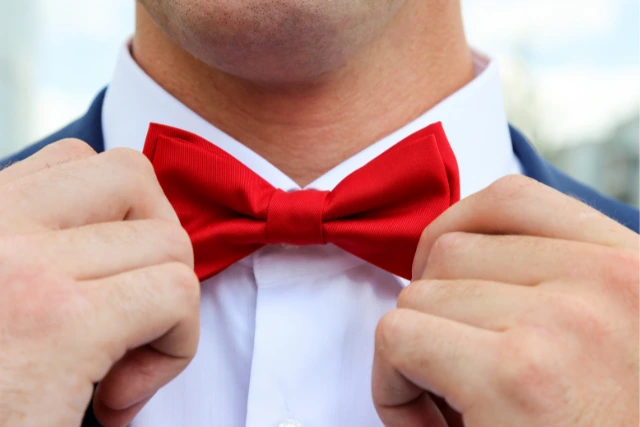
Back in the 20th century in New York, gay men would wear a red necktie or bow tie or basically any red accessory to subtly represent their identities and help identify members of the same community.
This predates the use of the color red to raise AIDS awareness.
15. High Five
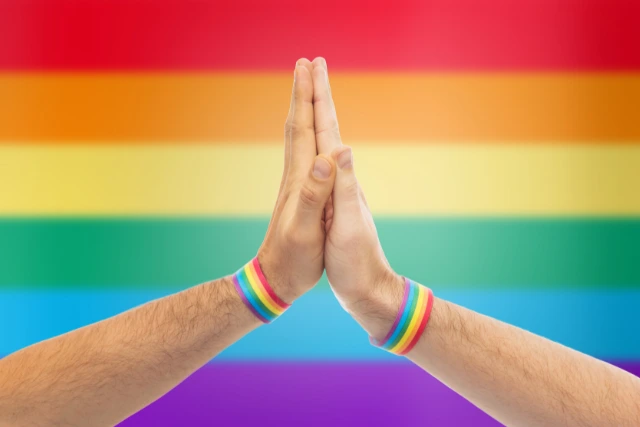
The high five is now a common greeting for sportsmen, small celebrations, and even just friends. But it traces its roots to the exchange between Los Angeles Dodgers left fielder Dusty Baker and outfielder Glenn Burke.
Burke, who was believed to be gay, got chewed out often by his coach. He also faced harassment and discrimination after being traded to the Oklahoma A’s.
Fortunately, after retiring at age 27, Burke caught a second wind and dominated the Gay Softball World Series where he kept the practice of giving high-fives to his teammates.
After officially coming out in Inside Sports Magazine in 1982, sportswriter Michael J. Smith called the high five a “defiant symbol of gay pride”.
16. Lavender Rhinoceros
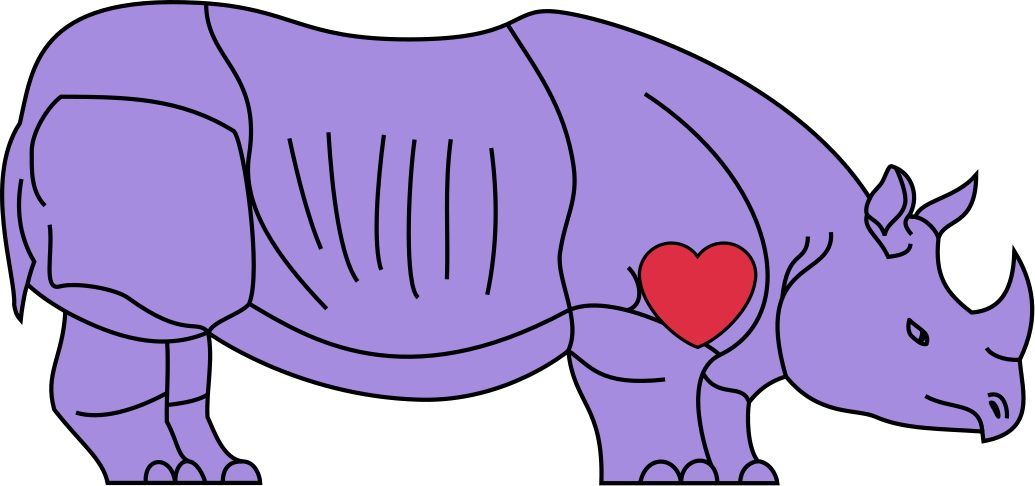
Boston artists Daniel Thaxton and Bernie Toale used a lavender rhinoceros to symbolize the gay community for their 1970s public ad campaign led by Gay Media Action Advertising.
The ads were used to encourage more visibility for members of the gay community in Boston at the time.
Toale explained that they used a rhino because it was a “maligned and misunderstood animal”.
Meanwhile, they used the color purple because it is a mixture of blue and red, which are commonly used to represent males and females respectively.
17. Unicorn
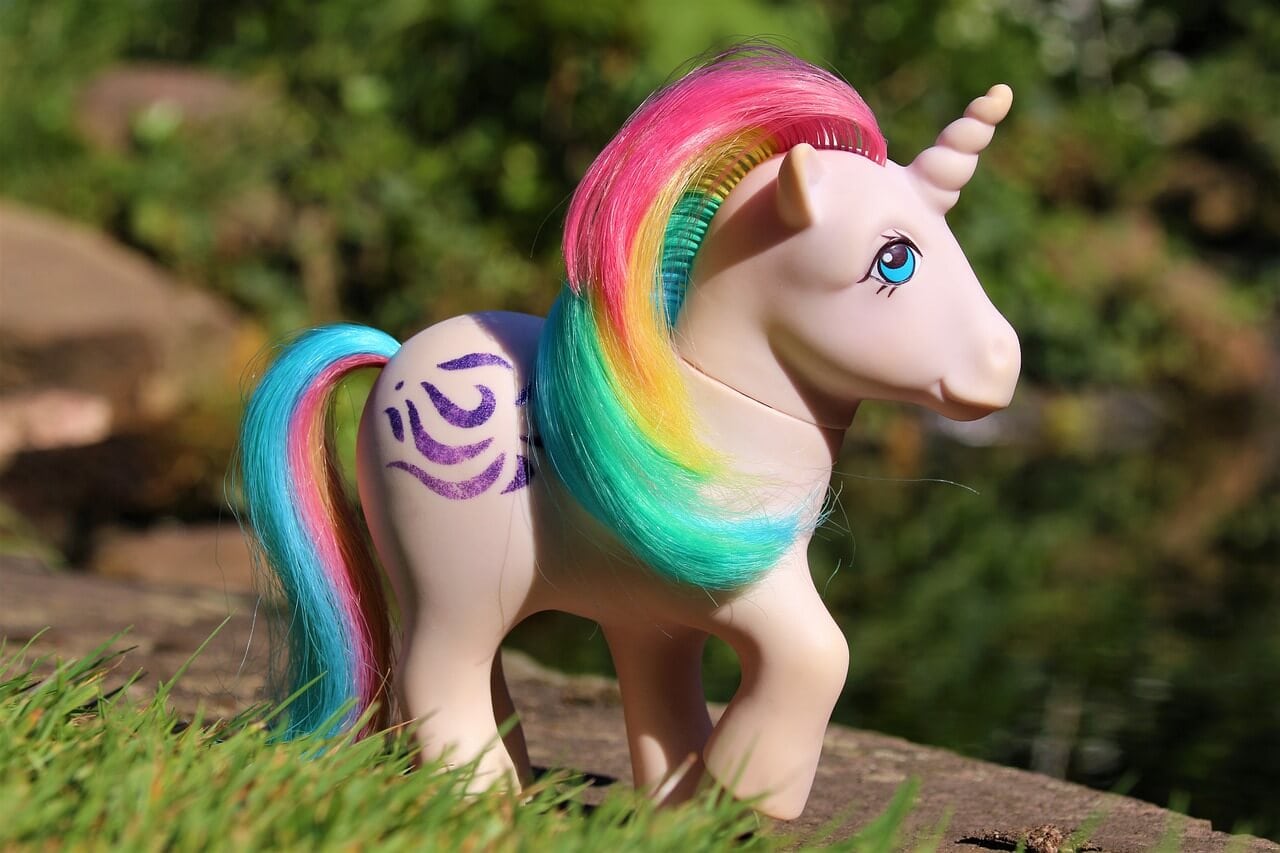
The unicorn has become a common symbol for members of the LGBTQ community because of its association with the rainbow.
The practice of gay people identifying as unicorns became popular in 2018, as unicorn horns and actual unicorn costumes made their way to Pride events.
But aside from the obvious connection, the mythical beast is also known for its ever-changing nature which resonates with many members of the LGBTQ community, especially those who identify as nonbinary and genderfluid.
18. Purple Hand
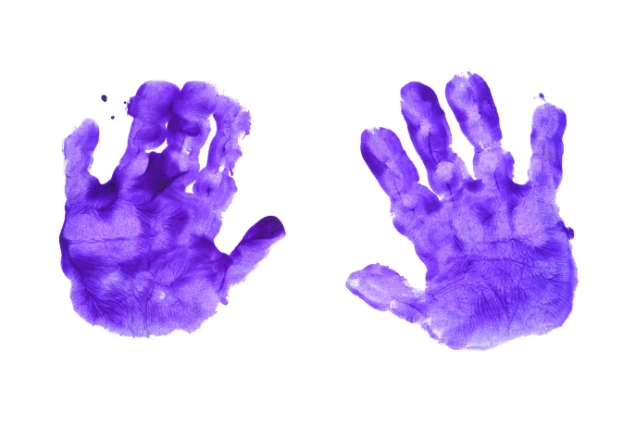
To protest the increasing number of news articles against the LGBTQ people in San Francisco in 1969, 60 members of the Gay Liberation Front and Society of Human Rights staged a rally on Halloween night.
The supposedly peaceful protest became “tumultuous” and was later called the “Friday of the Purple Hand” as San Francisco’s Examiner employees started to dump bags of ink from the third storey window onto the raging crowd.
But the protesters did not stop and used the ink thrown at them to print purple hands on the walls of the building and scrawl “Gay Power”.
Since then, purple hands have become a symbol of gay resistance and identity.
In Conclusion
These symbols have become integral to the LGBTQ community and are a way of demonstrating pride in who you are. As with any type of symbol, they’re a way of identifying yourself and expressing your beliefs.
Similar Articles:
Three Lesbian Flags and What They Mean
Straight Ally Flag – What Does It Mean?
Bigender Flag – What Does It Represent?
Different Rainbow Flags and Their Meanings
